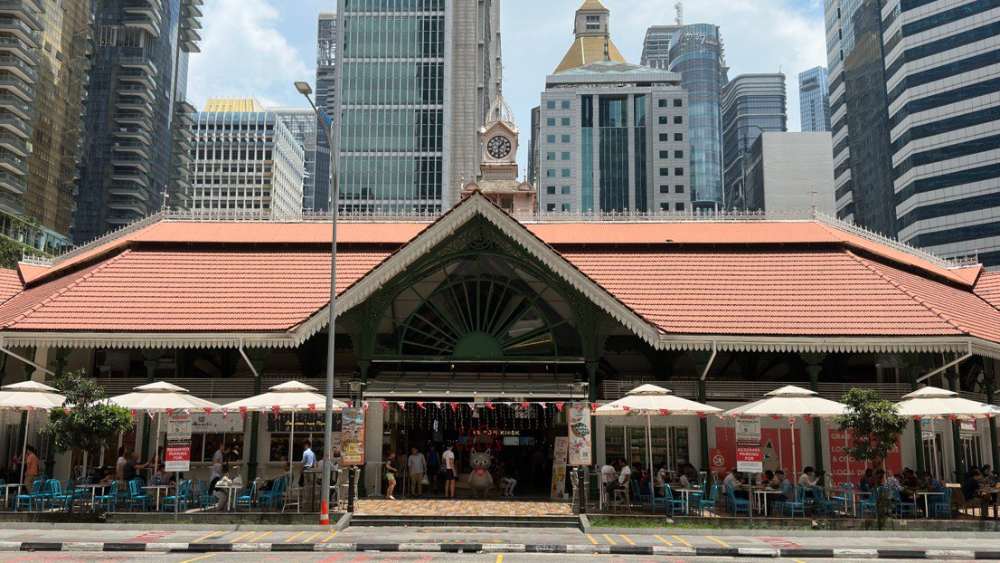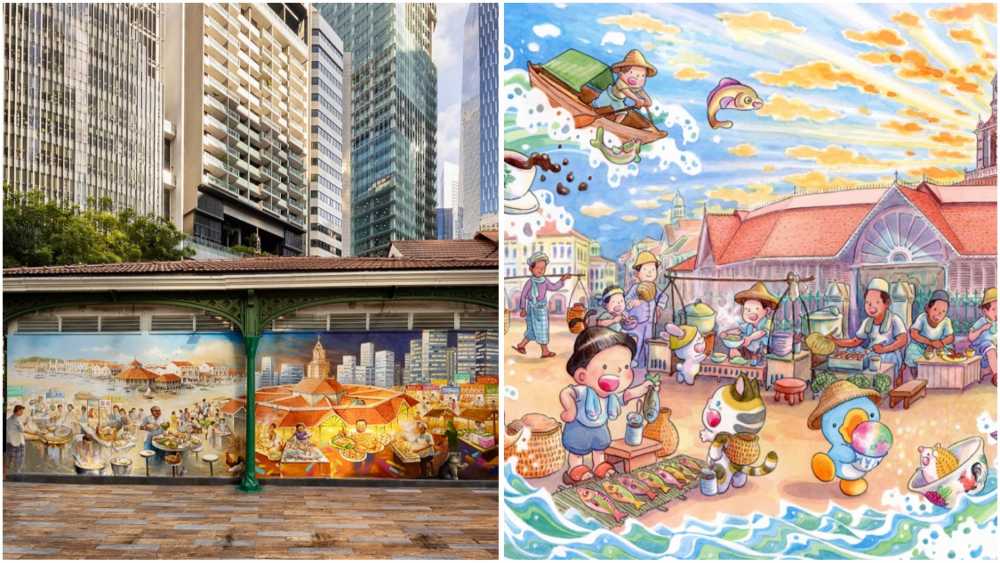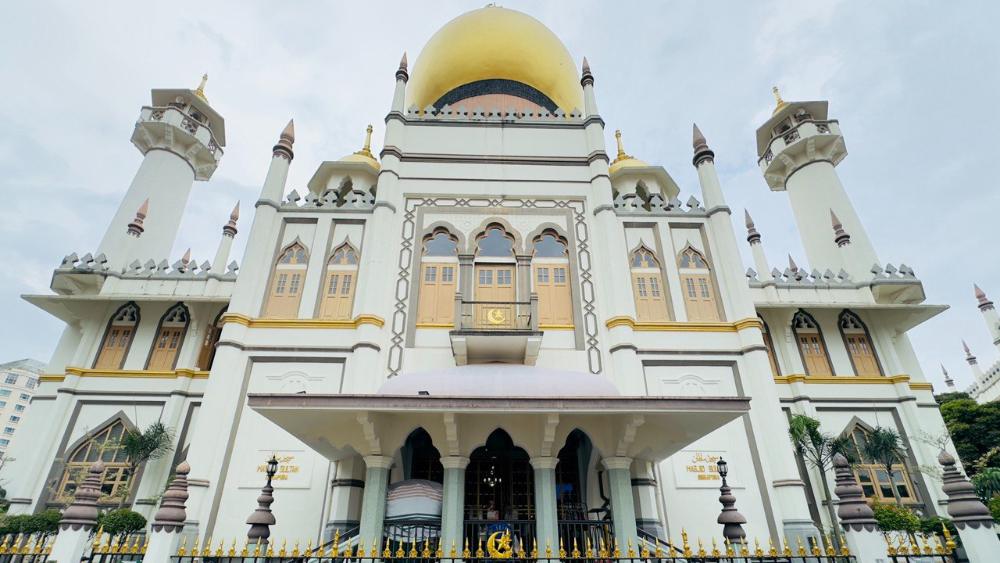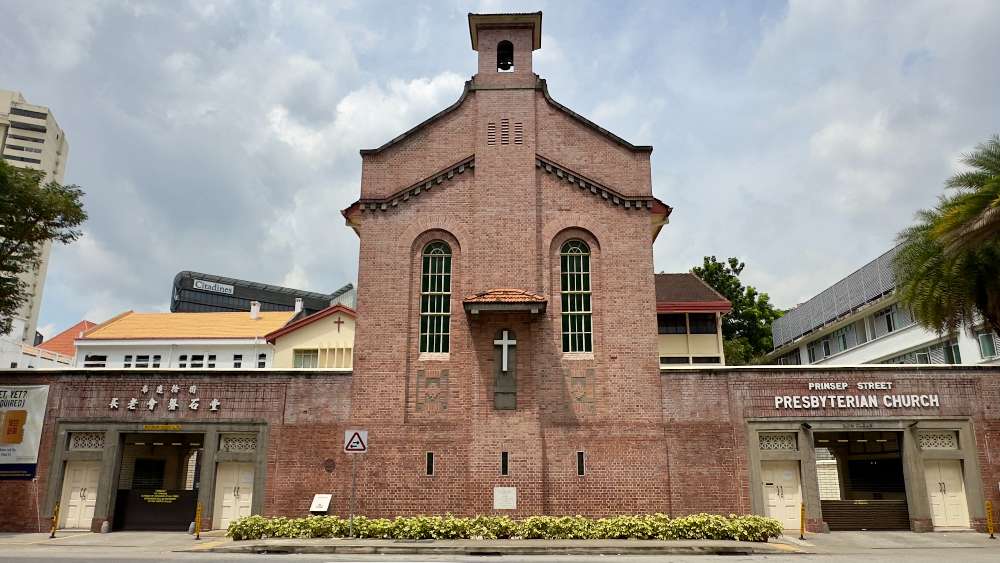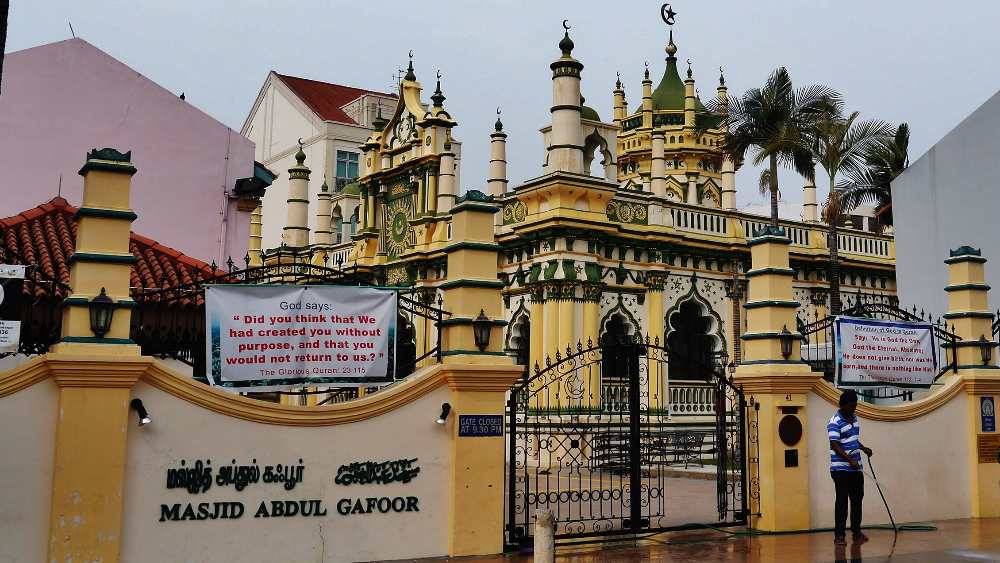National Monuments Of Singapore: Lau Pa Sat Is 130 This Year!
What is a National Monument? Who gazettes them? How many national monuments are there in Singapore? To date, the Preservation of Sites and Monuments, a division of National Heritage Board, has identified and gazetted 75 buildings, structures and sites of national significance as an integral part of Singapore’s built heritage.
And we're here to tell you all about them - one National Monument at a time!
You've probably passed by or stepped into more than a few of them without realising they were National Monuments: Al-Abrar Mosque, Asian Civilisations Museum, the Civilian War Memorial, Saint Andrew's Cathedral, the Esplanade Park Memorials, Fort Siloso on Sentosa - no need to plan an itinerary for friends visiting from overseas; just show them this article ✌️
In this edition, we spotlight the only surviving market of the five markets that used to serve residents inhabiting Singapore’s town area, Lau Pa Sat (formerly known as Telok Ayer Market), which turns 130 this year (more on this below).
📍 Location
Lau Pa Sat was the 4th building to be gazetted as a National Monument, and is located near other National Monuments such as the Former Nagore Dargah and Ying Fo Fui Kun. The MRT stations nearest to it are Telok Ayer and Downtown.
📅 Significant dates
Dates built:
- 1823: The first Telok Ayer Market, a timber-and-attap structure
- 1833: Rebuilt on the same site
- 1890-1894: Relocated to newly reclaimed land at Collyer Quay; the new Telok Ayer Market was built
- 1972: The market was converted into a food court
- 1986-1992: Reopened as Lau Pa Sat
Milestones:
- 1989: Telok Ayer Market was renamed as Lau Pa Sat
- 30 Jun 2014: Reopened after a nine-month renovation
Date gazetted: 28 Jun 1973
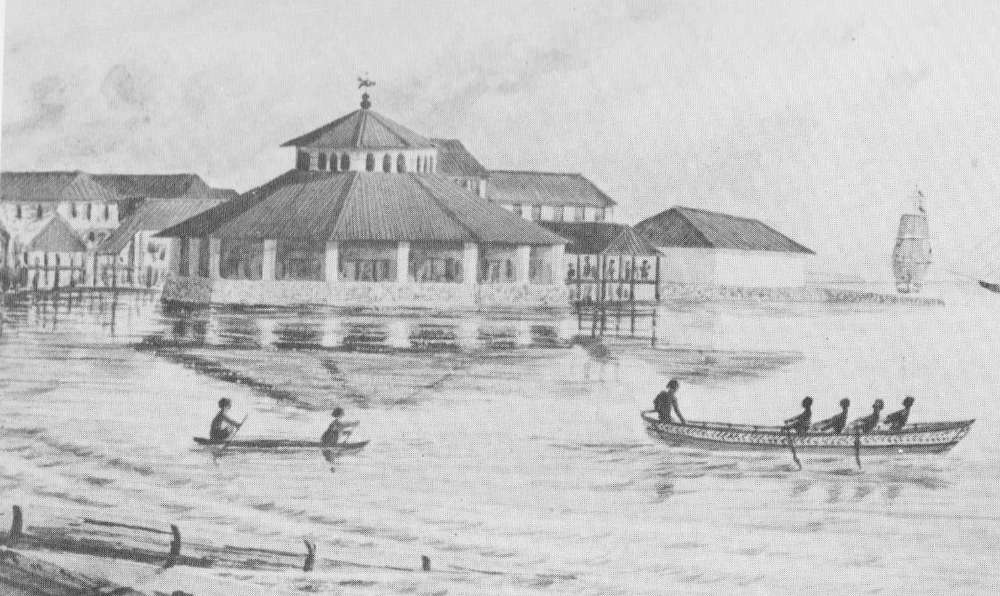 IMAGE: WIKIMEDIA COMMONS/@JOHN TURNBULL THOMSON
IMAGE: WIKIMEDIA COMMONS/@JOHN TURNBULL THOMSON
📜 History
The first Telok Ayer Market, inaugurated in 1823, boasted a timber-and-attap construction positioned along the shoreline at the western tip of Market Street. However, the edifice faced immediate challenges: the timber supports required replacement, and the attap roofing failed to meet fire safety regulations enforced by the British Administration. Attempts to rectify the situation by installing tiles on the roof proved futile, as the structure couldn't bear the weight. Consequently, attap was reinstated. By 1830, safety concerns resurfaced, and the market was declared unsafe.
In 1833, a new market structure emerged on the same spot, replacing its dilapidated predecessor. Designed by George D. Coleman (the inaugural Government Superintendent of Public Works), he also shaped notable landmarks like the Armenian Church, the first Saint Andrew's Church, and the Old Parliament House in early colonial Singapore's town centre layout.
After four decades of serving the Telok Ayer community, the market was torn down in 1879 due to a land reclamation initiative at Telok Ayer Basin. It was subsequently relocated to the newly reclaimed area at Collyer Quay. James MacRitchie, the Municipal Engineer then, spearheaded the design of the new market, with construction commencing in 1890 and concluding in 1894.
Fast forward to the early 1970s, plans emerged to revamp the precinct surrounding the former Telok Ayer Market into a commercial and financial hub. Given the incongruity of having a wet market amidst burgeoning office towers, the decision was made to repurpose the building. Thus, in 1972, the structure transitioned from a wet market to a hawker centre, adapting to the evolving needs of the urban landscape.
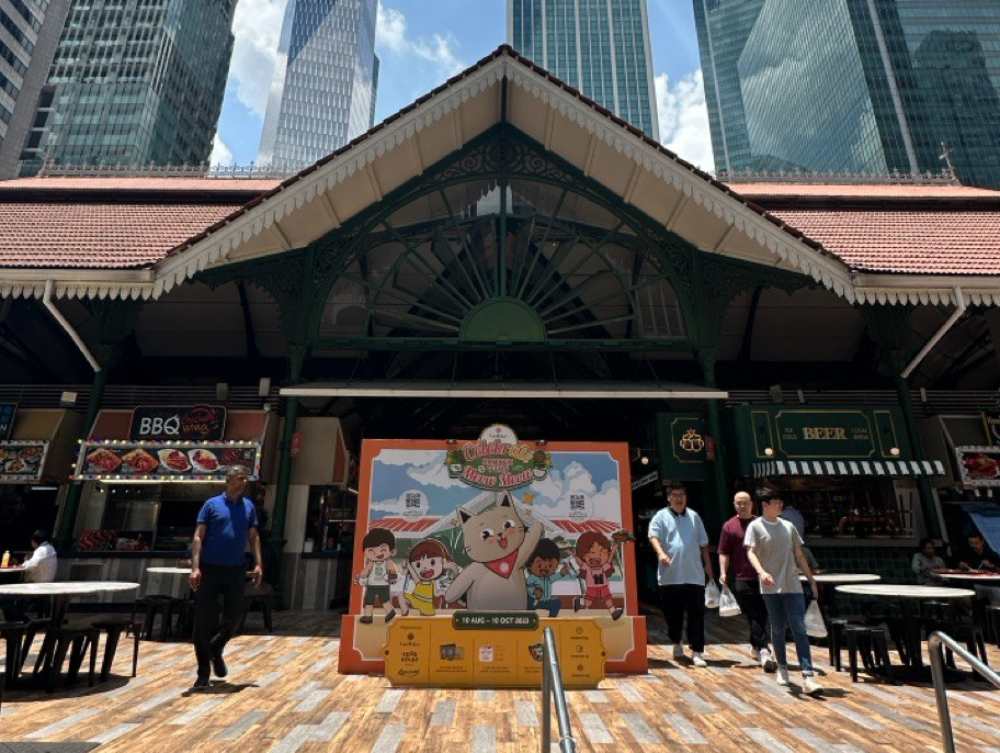 IMAGE: NG KAI
IMAGE: NG KAI
In the mid-1980s, during the construction of the Mass Rapid Transit (MRT) system, the Former Telok Ayer Market underwent a careful deconstruction process, allowing workers to install train lines beneath the structure. After the completion of the track-laying project and the establishment of a new foundation, the historic structure was meticulously reassembled. In 1989, it was officially renamed Lau Pa Sat and repurposed as a festival market
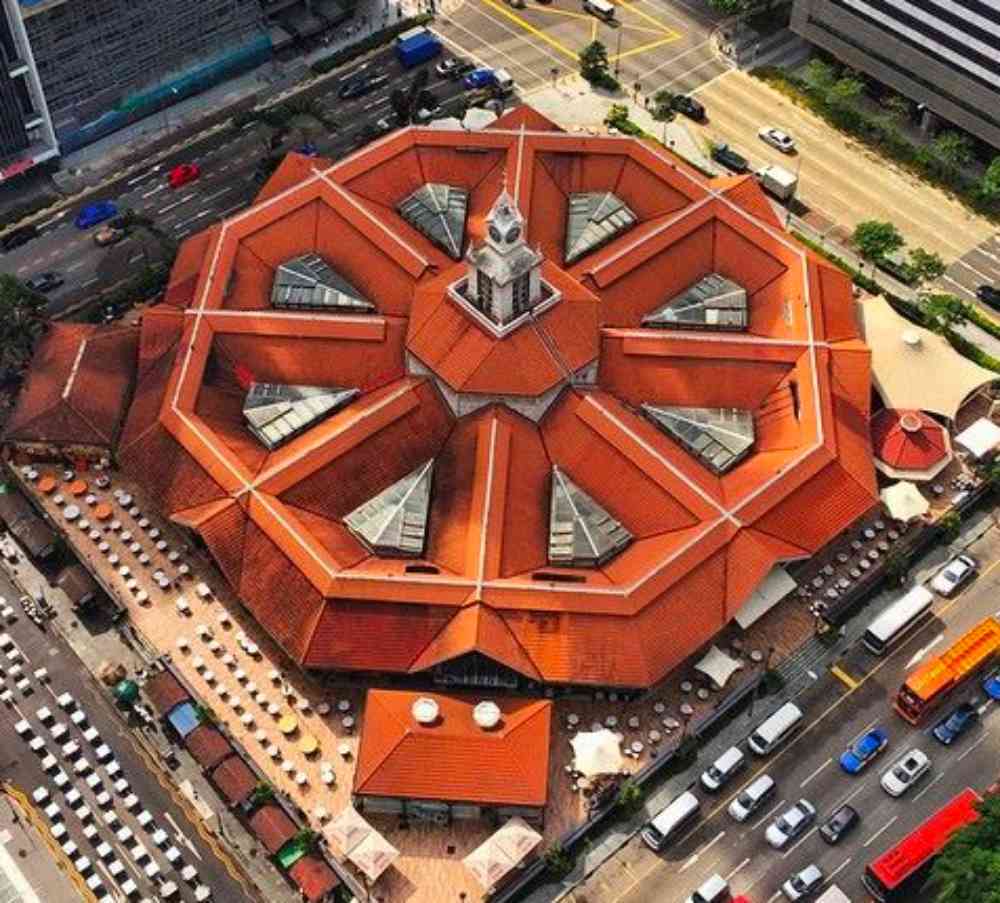 IMAGE: WIKIMEDIA COMMONS/@XTREMEMACHINEUK
IMAGE: WIKIMEDIA COMMONS/@XTREMEMACHINEUK
📐 Design and architecture
In his design for the new market, MacRitchie preserved the octagonal shape originally conceived by Coleman. The market was constructed with Victorian cast-iron elements prefabricated in Europe and crafted by Walter MacFarlane & Company, an iron foundry in Glasgow, Scotland. Interestingly, the same foundry later produced the cast-iron verandahs of Raffles Hotel in 1913. Cast iron was a favoured building material during that era for its durability and aesthetic appeal.
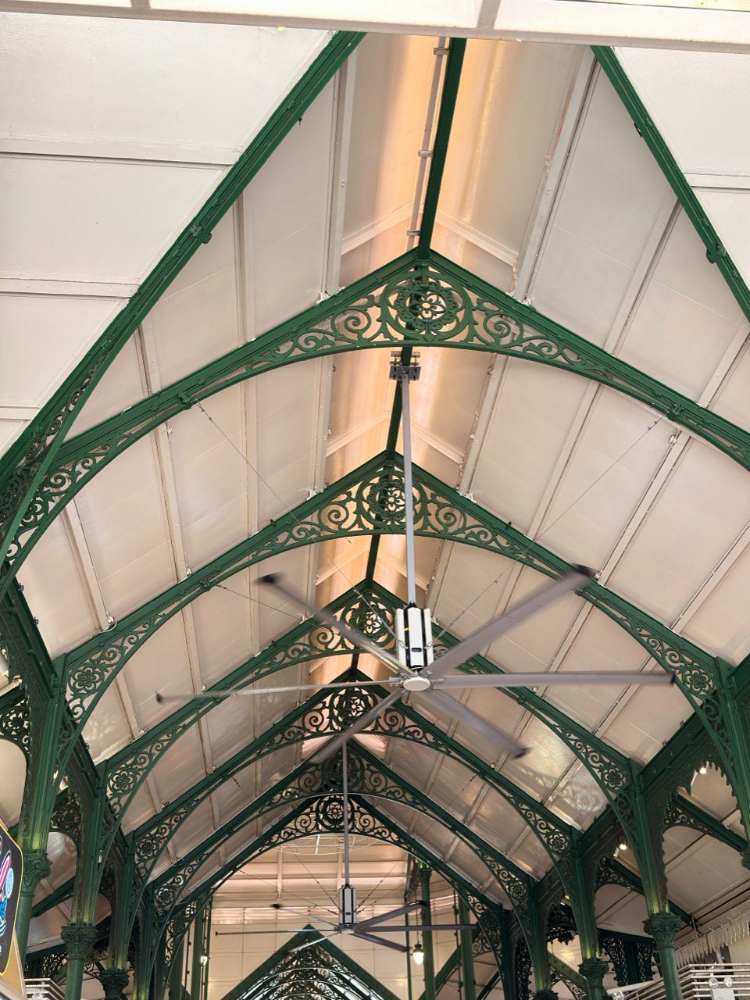
IMAGE: NG KAI
Elegant cast-iron columns with various architectural designs adorned with elaborate and intricate fretwork (decorative open patterns) can be found around Lau Pa Sat.
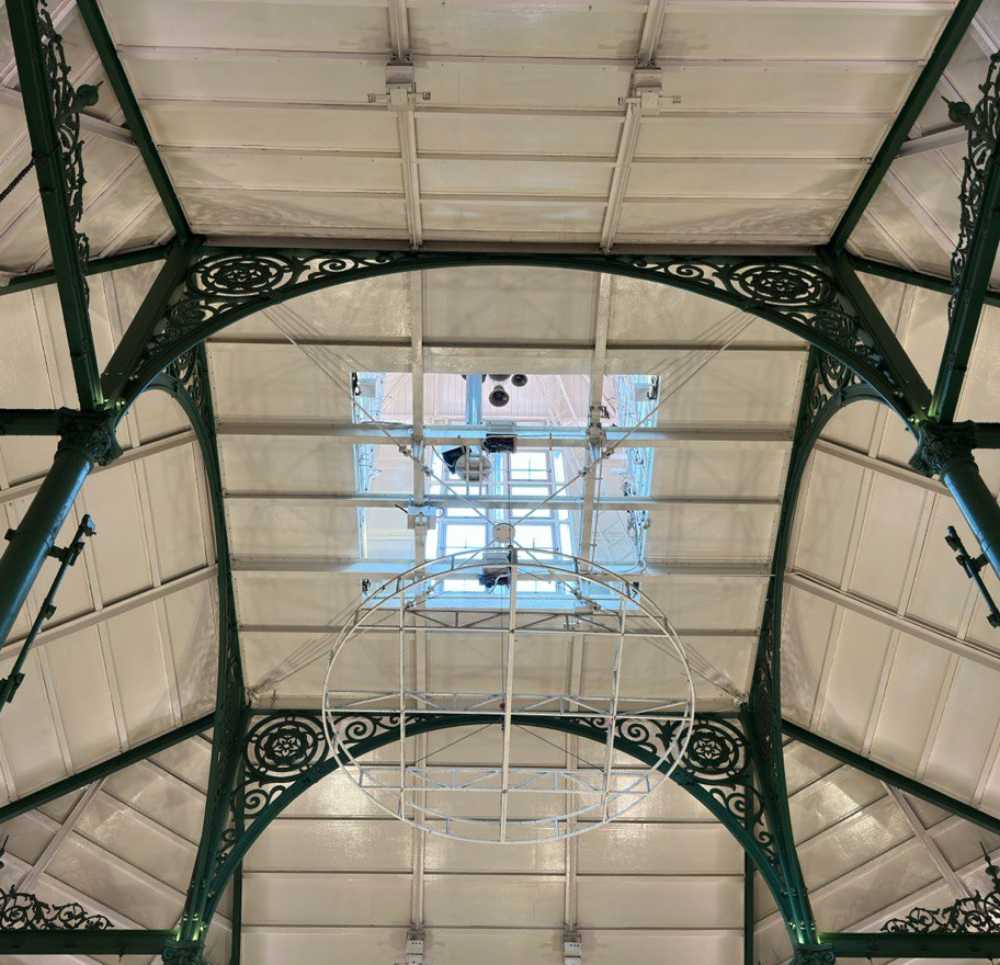 IMAGE: NG KAI
IMAGE: NG KAI
The octagonal structure boasts high ceilings and is designed with eight radial passageways, each divided by air wells. Positioned at the end of these passageways are eight spacious entrances, facilitating efficient air circulation and ensuring optimal ventilation within the market. At the heart of the building, a lantern (a windowed superstructure) crowns the roof, flooding the interior space with natural light.
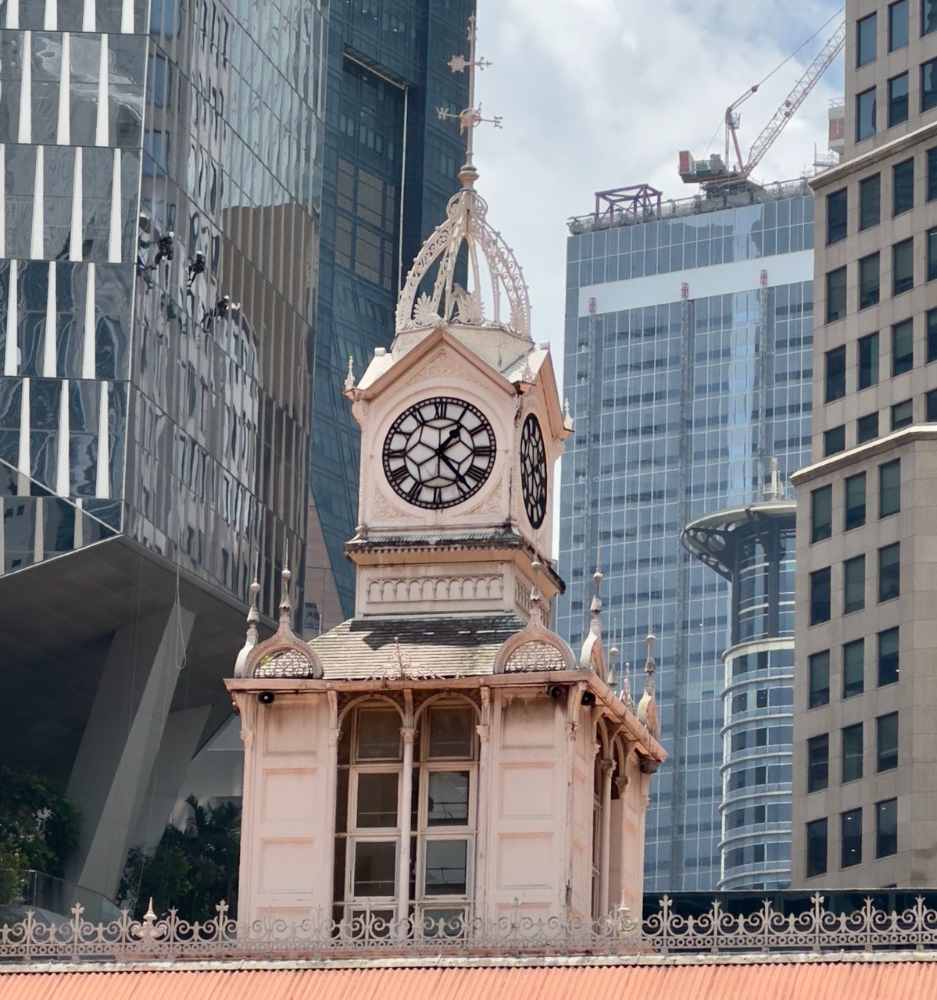 IMAGE: NG KAI
IMAGE: NG KAI
Atop the lantern sits a magnificent clock tower, a defining feature of the former Telok Ayer Market. With a clock face adorning each of its four sides, the tower is crowned by a wind vane and embellished with intricate filigree, resembling a pavilion. In 1991, a set of bronze bells and a jacquemart (a mechanical figure that strikes the bells) crafted by the Royal Bell Foundry Petit & Fritsen in the Netherlands were installed in the tower, adding to its grandeur.
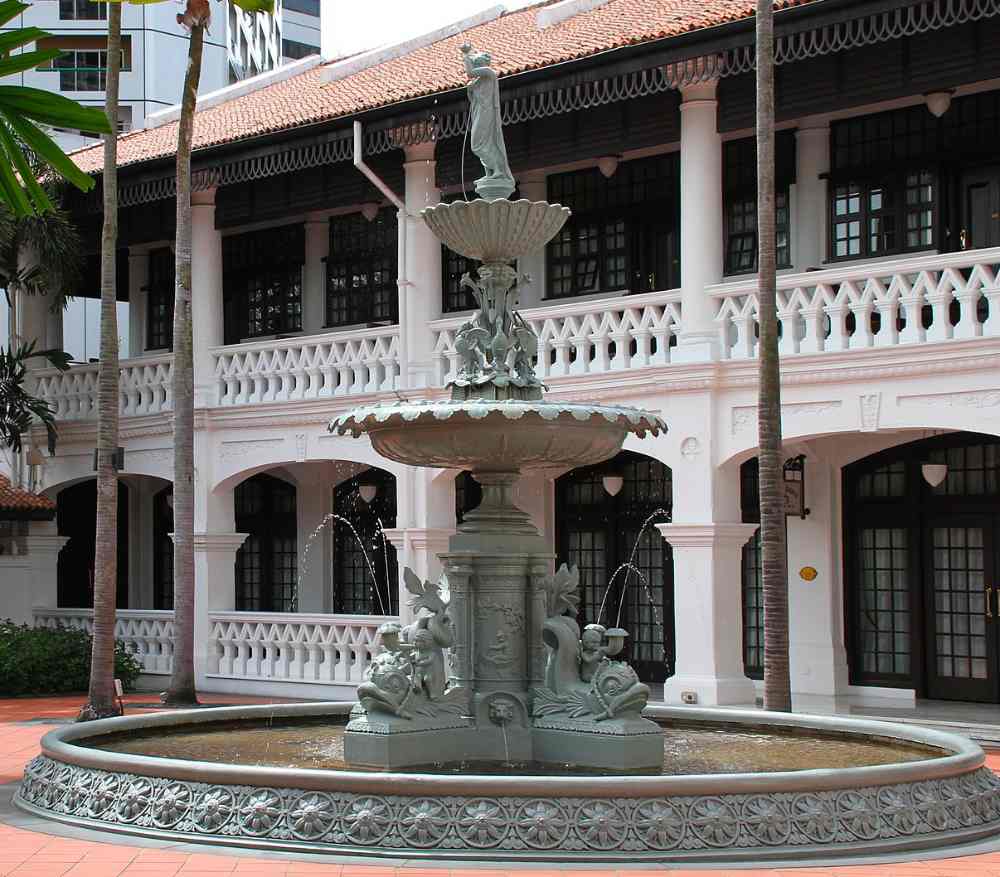 IMAGE: WIKIMEDIA COMMONS/@TONY HISGETT
IMAGE: WIKIMEDIA COMMONS/@TONY HISGETT
Once gracing the space beneath the clock tower was a cast-iron fountain, a captivating sight for market-goers. However, in 1902, it found itself relocated to a plaza near Orchard Road Market. Sadly, it vanished from public gaze over time until 1989, when its scattered pieces were stumbled upon and authenticated during the restoration of Raffles Hotel. The fountain was meticulously reassembled; the majestic fountain today takes prime focus in one of Raffles Hotel's serene courtyards, the Palm Garden
🎂 Celebrate Lau Pa Sat's 130th with new works by two iconic local artists
Lau Pa Sat turns 130 this year 🎉 and what better way to commemorate this iconic landmark than heading down for photo-ops galore with a 10m long mural, and snagging merch designed in captivating watercolours?
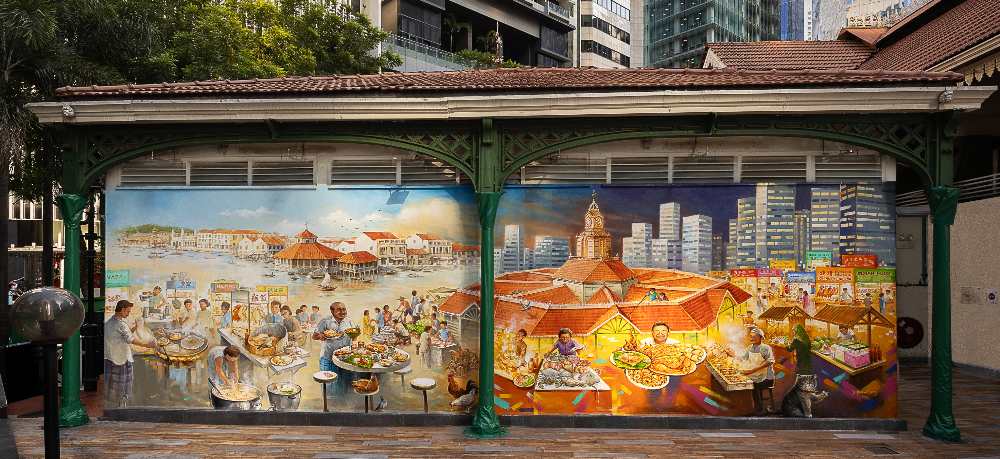 IMAGE: LAU PA SAT
IMAGE: LAU PA SAT
Be amazed by Yip Yew Chong's awe-inspiring 10m mural, painstakingly painted over six days, as it encapsulates the captivating tale of Lau Pa Sat's remarkable evolution. Witness the transition from its modest origins as a fish market by the sea in 1824 to its vibrant present-day identity as a bustling hawker centre. This stunning artwork seamlessly traverses two centuries, effortlessly shifting from the light of day to the tranquility of night, inviting viewers to embark on a visual journey through time.
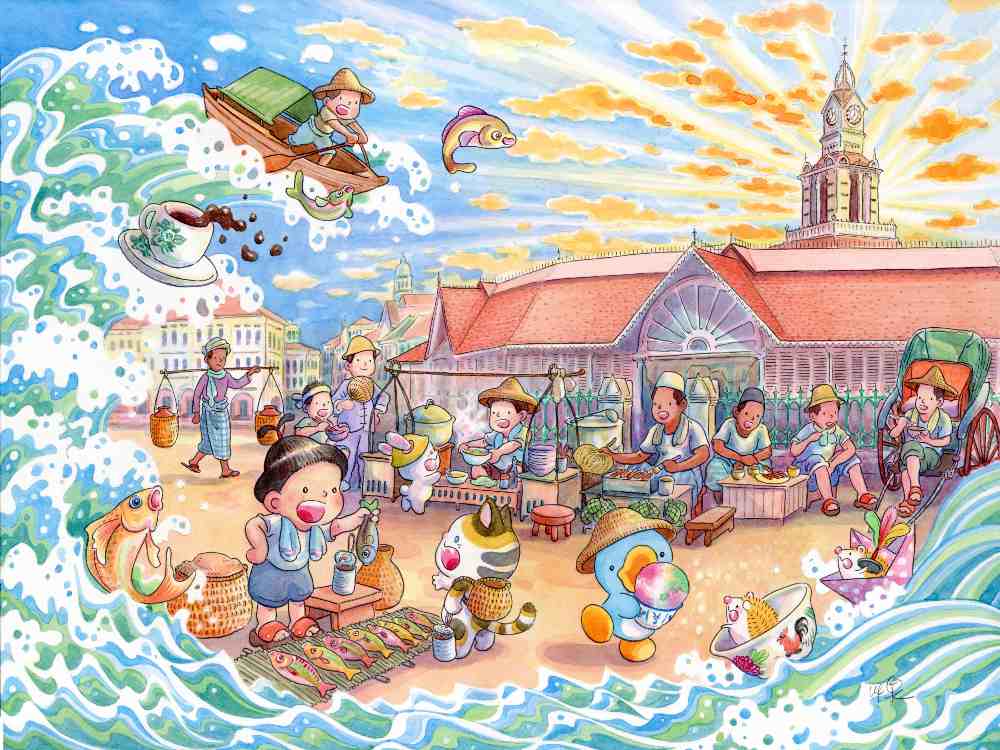 IMAGE: LAU PA SAT
IMAGE: LAU PA SAT
Plus, there's merchandise (think notebooks and folders) designed by Ah Guo. Experience a vivid portrayal of Lau Pa Sat's vibrant dawn ambience, capturing the essence of its early days when the market flourished by the tranquil sea. Transport yourself to an era where fishermen cast their nets in nearby waters, and street vendors, including the iconic Satay seller and purveyors of beloved heritage dishes, tantalised passers-by with their delectable offerings.
Find out more here.
🕖 Opening hours
Open 24 hours daily.
🎟️ Admission
Entry is free.
For the latest updates on Wonderwall.sg, be sure to follow us on TikTok, Telegram, Instagram, and Facebook. If you have a story idea for us, email us at [email protected].
/roundup_26_april_2024_rectangle.jpg?sfvrsn=39ffd1a7_1)

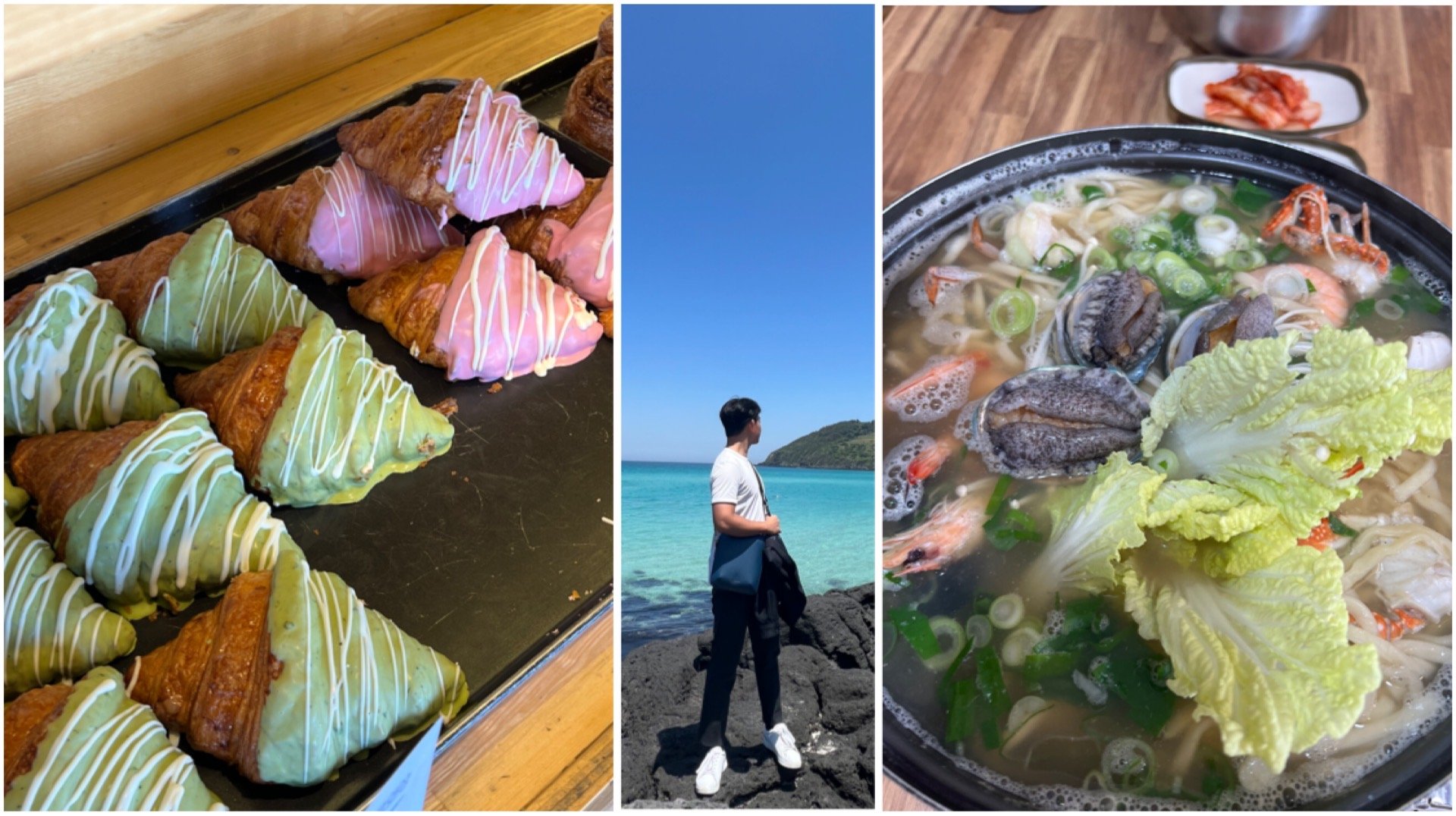
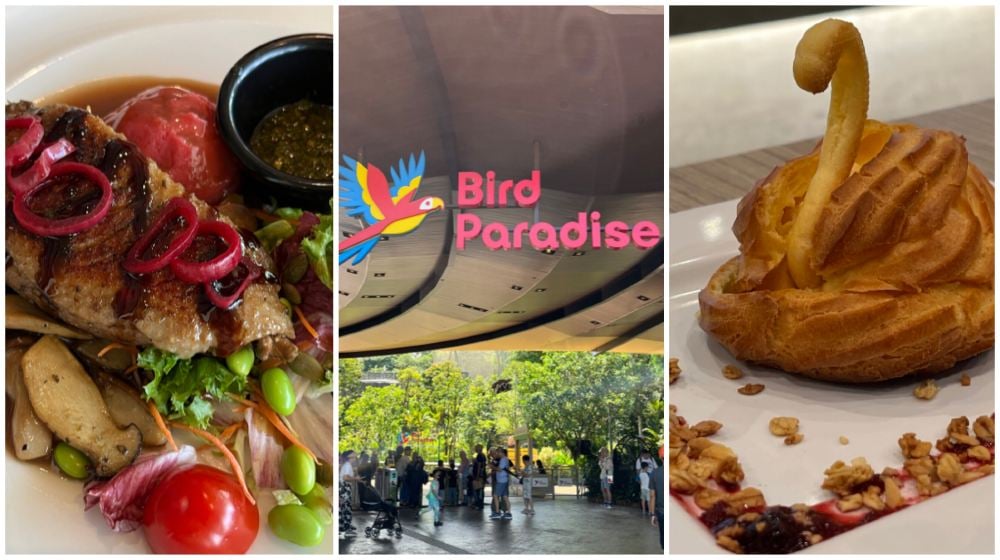
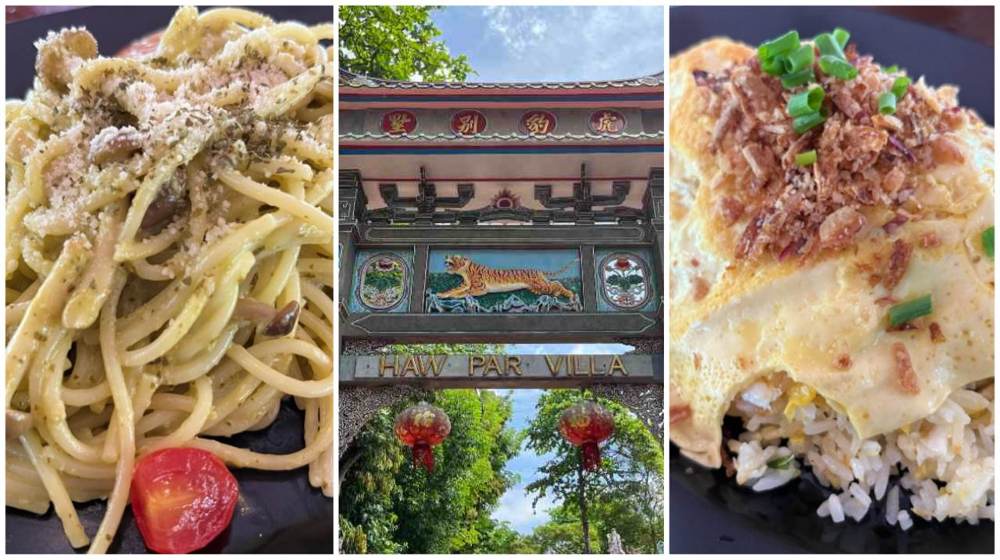

/roundup_19_april_2024_rectangle.jpg?sfvrsn=898f23d7_1)
